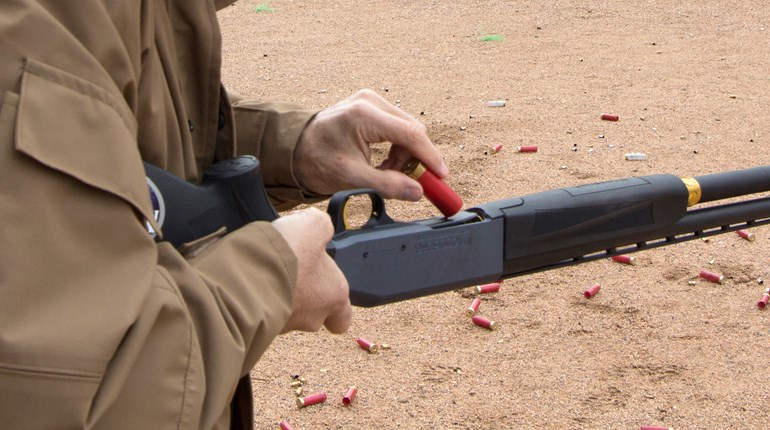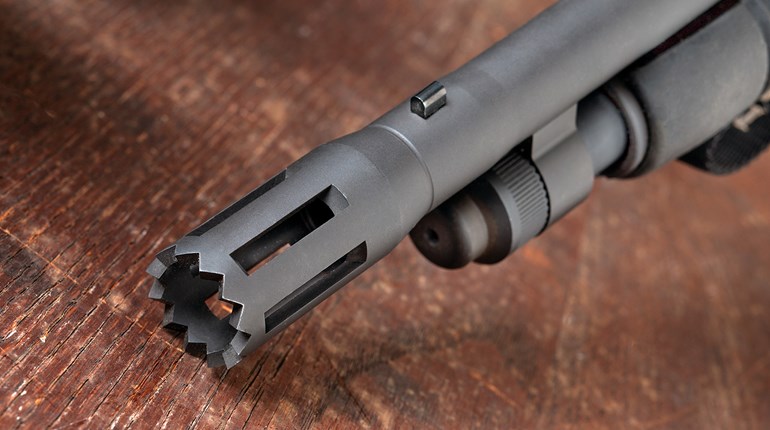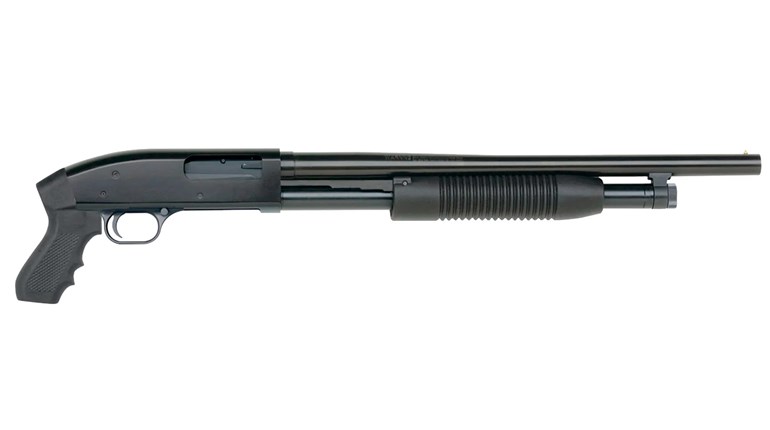
Bow and arrows do not produce the massive trauma and shock that high-powered rifles do, so bowhunters rarely see deer drop dead. Even animals that are mortally hit often instinctively run after the shot, as do wounded animals that can go for miles if pushed. Without the luxury of knowing whether an animal is dead, bowhunters must make judgment calls.
While bowhunters should hedge toward patience when following-up deer, factors like weather that can spoil meat or wash away blood trails, predators that can steal the animal and personal obligations sometimes make waiting impossible. Generally, the sooner you can find and claim your animal, the better, but often this is easier said than done when the only clues to the animal’s condition are a few drops of blood. While every situation is a little different, here are some general suggestions for knowing when it’s best to go in.
Heart/Lung/Major Arteries are Easy
If you double-lung a deer, hit its heart or sever a major artery like the jugular or femoral, you’ll often see the deer go down or at least hear a crash in the woods. You’ll likely have witnessed your arrow hit where you aimed, and you’ll be able to skip along the blood trail without stopping. If you see the deer dead, by all means go get your prize now! But for all situations where you can’t actually see the animal down, your best bet is to wait 30 minutes to calm your nerves, assess the shot in your head and give the animal a few minutes to expire in peace. (You can also use this time to snap a few pictures of the last place you saw the deer, use your binocular to look for blood and your arrow, text your hunting buddies and check the weather forecast.)
After 30 minutes, quietly go find your arrow, verify it has bright red arterial blood or pink, bubbly lung blood on it and then mark the spot just in case. Then follow the blood trail to your deer. If, however, at any time you begin seeing significantly less blood, the trail goes cold or you don’t find the animal within 200 yards, stop immediately, mark the last blood you found and reassess the situation. Chances are, you didn’t heart/lung the deer, and so now you must figure out which of the following tactics to employ.
Gut-Shot Deer Can Be Recovered
If you know you gut-shot a deer either because you clearly saw the arrow strike too far back or you found the arrow and it smells foul and/or is covered with bits from the stomach or intestine, wait six to 12 hours before following up. If it’s in the morning, wait until midafternoon to go back—unless it’s raining. If it’s raining heavily, wait 30 minutes then follow the blood trail as quietly as you can while keeping your head up to look for the deer. The advantage here is that you will have a blood trail leading to the deer and the deer won’t be able to hear your approach thanks to the rain—if you’re sneaky.
If you shot the deer in the evening, consider leaving the animal overnight and recovering in the morning—unless it’s hotter than 50 degrees outside, rain is forecasted or the area is known for its predator population. In any of these cases, venture back out with flashlights and friends between 10 p.m. and midnight. In all cases of tracking a wounded deer, be as quiet and sneaky as you possibly can.
Marginal Hits: Less than 50/50
The toughest scenario in bowhunting is when you are unsure where you hit and the animal has left few clues. You didn’t see where the arrow struck, and the little blood if any you found is too sparse to tell what type of hit you made. If neither the blood nor your arrow smells foul, it isn’t gut-shot. And if it’s not bleeding profusely with bright pink or red blood, it wasn’t hit in the heart, lungs or major artery. Therefore, you’ve got to assume muscle, limb or liver, and you’ll have to play your cards right to recover this deer.
Liver
If you believe it’s liver hit (possibly its tail clamped after the shot, with sparse, darker-colored blood and/or you saw the arrow go farther back than you aimed) you should wait three to six hours before following up. This animal will die and can be recovered if you use patience and do not press it.
One Lung
Perhaps the trickiest hit of all to assess is a one-lung shot. The blood is pink and bubbly and so you think it’s a mortal double-lunger, but after taking to the track, the deer is nowhere to be found. In this case it’s usually best to continue on the track, but have a partner follow the track while the hunter keeps his eyes ahead. Listen for sucking (chest wound) sounds, be sneaky, and be prepared to shoot the deer on sight.
Non-Vital Muscle/Limb Hits
If you believe the deer was hit in muscle or bone of the high back, neck, leg or any other non-vital portion, you must use extreme skill to find this deer. While most people wait in hope that the deer bleeds out, the reality is, if there is little blood and it’s not hit in a vital organ, the deer likely will not bleed out. Your best bet—if you can determine with reasonable certainty that the hit is non-vital—is to follow up after the initial 30-minute wait. By doing this, you’ll give it a chance to lay down while minimizing the deer’s head start on you. As you follow the blood trail, hunt for the actual deer as much as looking for its trail. Sneak along the trail while using your binocular to scan ahead. Your goal is to see the deer before it sees you to get another shot at it. If you exhaust the blood trail, daylight or yourself, chances are good that the deer will survive to be hunted again.
In every case, if you do not find the deer initially, go back the following day and grid search. Use a tracking dog where legal and do everything possible to recover that deer—it’s your duty as a hunter.
Should You Stay or Should You Go?
1. Observe: Observe the animal’s behavior after the shot.
2. Mark: Mentally note or take a photo of the spot where you last saw the deer.
3. Communicate: Text your partner what’s going on and check the weather.
4. Wait: Wait 30 minutes before you do anything.
5. Initial Search: Find your arrow and first blood.
6. Assess: Assess blood and clues for next step.
7. Recover or Wait




































